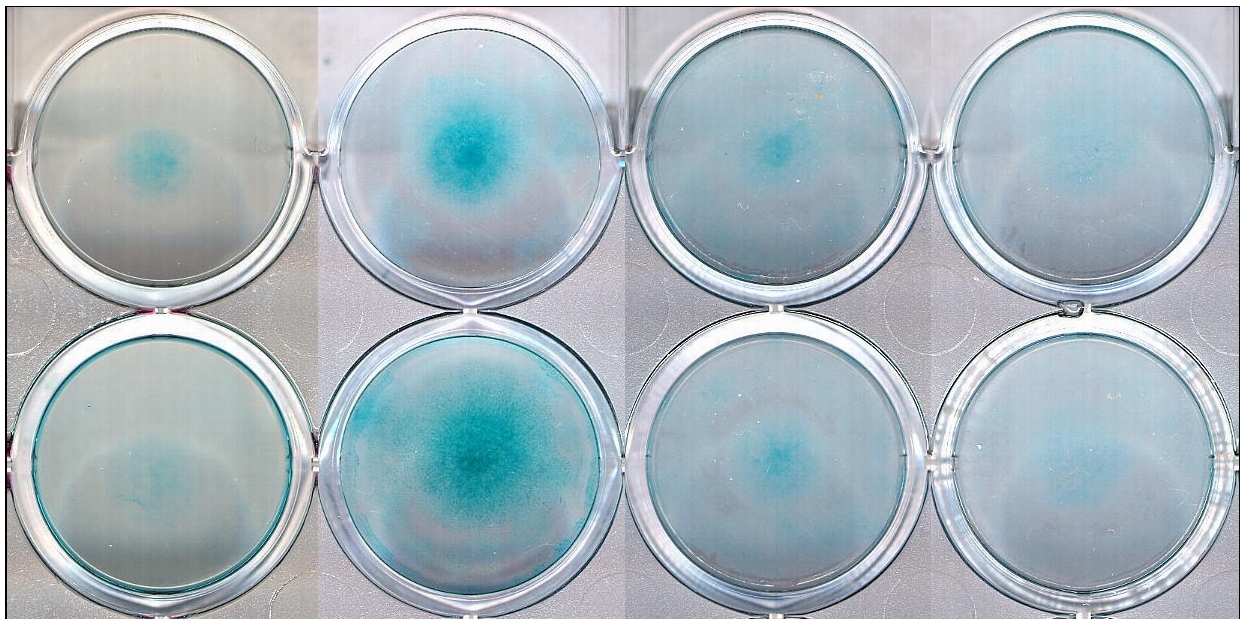 Bioprinting is changing how we do biology.
Bioprinting is changing how we do biology.
Not much has changed in the way of tissue culture since
Alexis Carrel pioneered the space over 100 years ago. We continue to use the
same dishes, and run most of our experiments on two dimensional homogenous
tissues. Unfortunately, these 2D models of biology are extremely primitive when
compared the 3D arrangements of cells in our bodies.
Over the past several decades scientists have begun to query
this fault in our models, and there has been an increasing interest in
strategies for fabricating 3D tissues. Although many methods exist for
fabricating 3D tissues, none boast the benefits in terms of personalization,
and ease of use that bioprinting offers. The life science industry has taken
note of this and an increasing number of companies are turning towards BioBots
for their bioprinting needs. Below is a list of the top 5 ways which
bioprinting is changing the life science industry.
1. Bioprinting miniature organs for drug testing
Perhaps the most common (or most talked about)
application in bioprinting is the opportunity to fabricate miniature organs
that mimic the function of the human body. These miniature organs can be used
to test new compounds on their way to becoming drugs. 3D bioprinted tissues
have a unique ability to elucidate functions of compounds that only arise when
tested in humans, such as liver, kidney and cardio toxicity.
2. Animal-free skin for cosmetics testing
Similar to testing drugs on miniature organs,
cosmetics companies are increasingly turning to bioprinting as a replacement
for animal testing. In recent years, particularly in the European Union, where
all forms of animal testing are banned, cosmetics companies are facing much higher
regulatory hurdles with regards to their use of animal testing models. Being able
to fabricate 100% animal-free skin samples that behave more closely to the way
that human skin does has opened the door to more accurate, more ethically sound
testing models across these industries.
3. Rapid prototyping hydrogel medical devices
Medical device companies are constantly looking
for new fabrication technologies to explore how they can begin to incorporate
new materials into prosthetics and implants.
3D printing offers the huge benefit of cheap prototyping and bioprinting
allows them to blend soft hydrogels with more traditional plastics, metals and
ceramics that are widely used in hip, knee replacements.
4. 3D cell based therapies
This area is still a little green as no
bioprinted cell based therapies have been FDA approved just yet, but there are
a number of companies that are working on
bringing these revolutionary therapies to market. Incorporating
bioprinting into the fabrication process gives an unmatched level of
reproducibility and standardizes the manufacturing process.
5. More realistic cell culture models
We see a lot of CROs turning to us to fabricate
better tissue culture models. At this
point everyone knows that 2D tissue culture models are not representative of
what’s actually happening in the body, responsible companies are looking for
alternatives, and bioprinting is the best, easiest, fastest and least expensive
way to start fabricating 3D tissues. What do you do with a heterogeneous 3D
tissue culture? Everything that you would normally do with a 2D tissue culture!
www.biobots.io


















































































